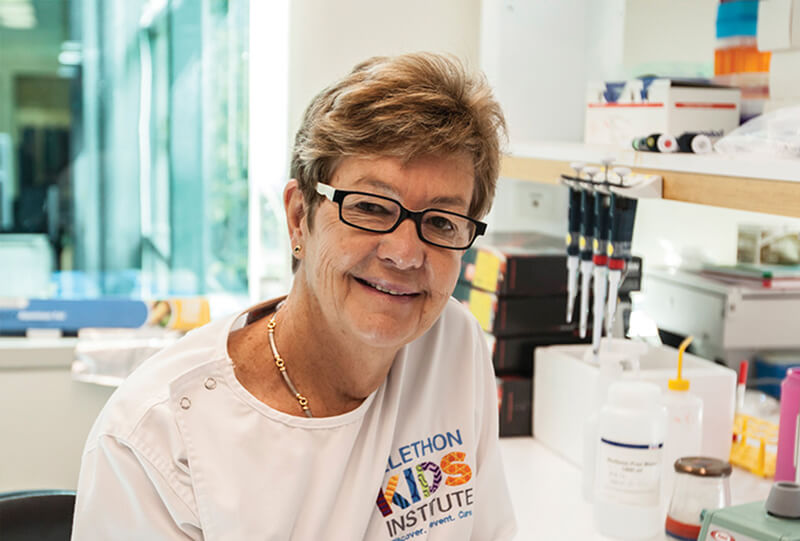Search
Research
The anti-inflammatory actions of IL-4 in human monocytes are not mediated by IL-10, RP105 or the kinase activity of RIPK2The anti-inflammatory actions of IL-4 in activated human monocytes may reflect transcriptional regulation of genes involved in TLR signaling pathways.
Research
Vitamin D deficiency causes deficits in lung function and alters lung structureThe prevalence of vitamin D deficiency is increasing and has been linked to obstructive lung diseases including asthma and chronic obstructive pulmonary disease
Research
Gene regulation by 1,25-dihydroxyvitamin D3 in CD4+CD25+ cells is enabled by IL-2Vitamin D may be responsible for reducing the development and severity of autoimmune and allergic diseases. Topically applied 1,25-dihydroxyvitamin D(3) (1,25(O
Research
Immune-modifying properties of topical vitamin D: Focus on dendritic cells and T cellsTopical creams containing the active form of vitamin D (1,25-dihydroxyvitamin D3; 1,25(OH)2D3) or analogues of this compound are currently used with some succes
Research
UVR exposure, Vitamin D and type 1 diabetesLiz Prue Davis Hart MBBS FRACP PhD BSc (Hons) MSc PhD Co-director of Children’s Diabetes Centre Honorary Research Fellow prue.hart@thekids.org.au
Research
Optimized 25-hydroxyvitamin D analysis using liquid-liquid extraction with 2D separation with LC/MS/MS detection, provides superior precisionThe analysis of 25-hydroxyvitamin D3 (25(OH)D3) and related metabolites represents a considerable challenge for both clinical and research laboratories...
Research
Vitamin D and atopy and asthma phenotypes in children: a longitudinal cohort studyVitamin D has been linked in some studies with atopy- and asthma-associated phenotypes in children with established disease,but its role in disease inception...
Research
The anti-inflammatory effects of interleukin-4 are not mediated by suppressor of cytokine signalling-1 (SOCS1)While it is known that the anti-inflammatory effects of interleukin (IL)-4 require new protein synthesis, the exact mechanisms by which IL-4 suppresses the prod

News & Events
UV offers new hope in fight against MSPeople at risk of developing multiple sclerosis (MS) have been offered a beacon of hope thanks to research into UV exposure.

News & Events
Vitamin D deficiency linked to childhood asthmaResearchers at The Kids Research Institute Australia have found children with vitamin D deficiency are more likely to develop asthma.
